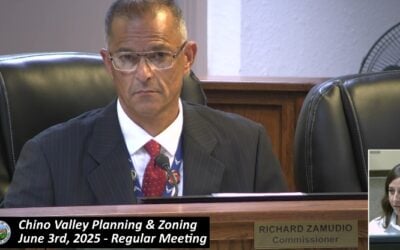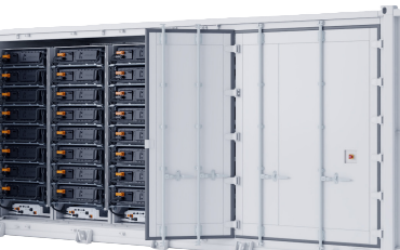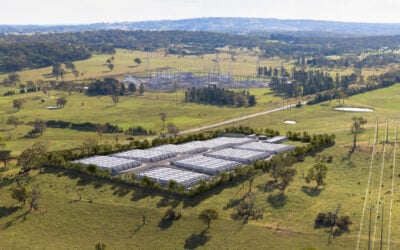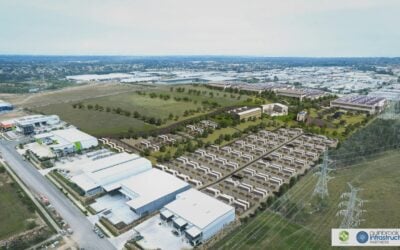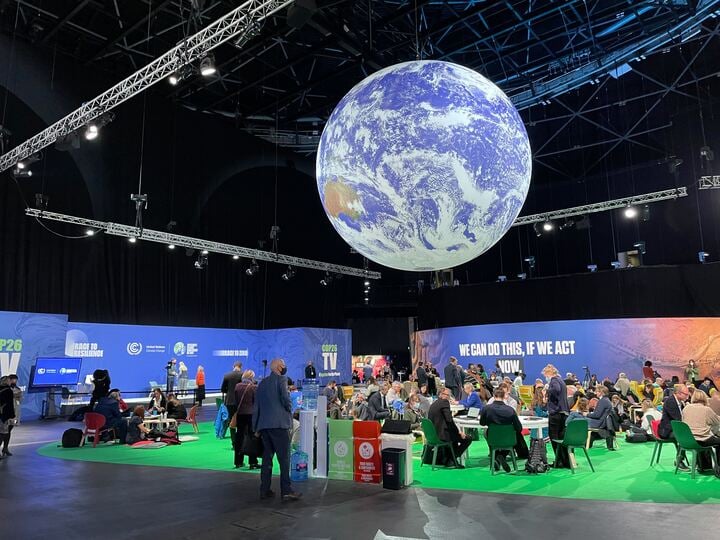
World Energy Storage Day is celebrated on 22 September every year. It’s a symbolic date chosen because it’s when the Autumnal Equinox occurs, meaning day and night are roughly of equal duration.
Dr Rahul Walawalkar is president and founder of the India Energy Storage Alliance (IESA), one of the groups behind the World Energy Storage Day (WESD) concept. As with previous years, IESA and friends from all around the globe will be participating in a virtual conference spanning multiple geographies and time zones.
Enjoy 12 months of exclusive analysis
- Regular insight and analysis of the industry’s biggest developments
- In-depth interviews with the industry’s leading figures
- Annual digital subscription to the PV Tech Power journal
- Discounts on Solar Media’s portfolio of events, in-person and virtual
Dr Walawalkar is serving as WESD Chair, and we caught up with him to hear about this year’s event, taking place in just over a fortnight.
Who will be joining the event and what can attendees expect during the day?
We will have more than 100 CXOs from the leading companies as well as some of the top researchers and policymakers from more than 30 countries who will be speaking at the event.
Those leading companies will showcase what they have achieved over the past year, as well as their roadmap for the coming three to five years. Similarly, policymakers will be talking about the key policy changes that have happened in each of the regions over the last 12 months and what the industry can expect in the next couple of years.
So, it is a great opportunity to learn from the top minds in the industry on a single platform, while people can choose to focus on a particular conference strand for their region of choice.
We have divided the world in four regions: APAC, starting with China, Japan, Korea, Australia, and New Zealand as the first region; India, the Russian sub-continent as the second region; Europe, the Middle East, and Africa as the third region, and then North and South America as the fourth region.
People can participate in a full six-hour conference for their region, or if they are focused on a particular industry segment such as stationary storage, e-mobility, green hydrogen or manufacturing, they may want to participate in the sessions related to those technologies across different regions.
So, there will be some overlap between the regions, but, in terms of the planning, we have tried to make sure that people who are interested in any one functional area can navigate from different regions without having any significant overlap.
We will also have 10 additional workshops which will cover different topics such as gigafactory supply chains, women in energy, skill development, solar-plus-storage, energy storage modelling, and optimisation and urban air mobility, as well as a few others such as safety and fires which is a workshop led by UL.
Last year we had participation from more than 5,000 delegates from 130 countries, and this year we are expecting to exceed that.
You mentioned policymakers as well as industry taking part. We’ve started to see interest in and uptake of energy storage from various state and national governments around the world, but why is it important for governments and their representatives and advisors to be there at WESD 2022?
Governments and policymakers usually try to learn from other leaders. Some regions have emerged as global leaders like the US. More recently, China and Europe have taken the lead in pushing for advanced storage and e-mobility manufacturing, but other regions and governments can learn from the experience of these countries and make sure that they are able to lead.
For example, countries like India have demonstrated in areas of adoption of solar technology or earlier cellular mobile technology where although India was not a leader, by tapping into existing knowledge and experience, when adoption of these technologies began, India was able to become one of the top markets and benefited from these technology transitions.
There is a great opportunity for many countries to learn from the experience of the last 10-15 years. The regions that have promoted storage and are now getting on the adoption cycle, can help other countries leapfrog and jump through some of the linear learning curves, which otherwise countries have to go through.
Through World Energy Storage Day we are all trying to accelerate this process, increase the adoption of these advanced technologies, and encourage global collaborations, because that is very important.
Often, people think that their country is something unique. Their region is unique. Some environmental conditions are unique, but when you are looking at the experiences from around the globe, there is every type of energy storage use case, for every type of environmental condition, based on what individual countries may be facing.
So, there are enough learnings already from somewhere else in the world. By learning from those we can accelerate the timeline for adoption of these technologies.
Can you talk us through what sort of discussions and presentations attendees will be able to watch and listen to in terms of the different technology and market segments? Perhaps starting with manufacturing, as we expect many will be keen to learn about the latest advancements, opportunities and challenges there.
Over the last five years, the term ‘gigafactories’ has come to prominence. WESD’s manufacturing sessions are expected to focus on gigafactories, not necessarily only for lithium-ion (Li-ion) batteries but it for any relevant technologies: other types of batteries as well as Li-ion, or even electrolysers or, EV manufacturing.
We will have some of the thought leaders and practitioners from around the world who will share their stories and insights on setting up gigafactories, and what others can learn from their experiences.
One of the critical challenges over the next four to five years is related to the supply chain. This is because all these factories are now looking at scaling global manufacturing operations for advanced lithium-ion manufacturing from 1,000GWh to more than 5,000 GWh to 7,000 GWh within the next seven years.
So, you need to tap into a much more diverse supply chain as well as start paying much closer attention to some of the environmental parameters.
Similarly, the other three sessions for the main conference will cover stationary energy storage, where we will be talking about various storage applications for supporting grid for customer-cited energy storage deployment for renewable integration and the type of policy and market mechanisms that have created opportunities for deployment of storage in different parts of the region.
In the green hydrogen session, we will be focusing on the rapid emergence of green hydrogen as a technology for decarbonizing the industrial sector. We see a lot of differences where in certain regions green hydrogen is being seen for decarbonisation of the power sector by converting existing gas turbines into directly hydrogen as a fuel source, whereas in other regions like India, the focus is more on applications such as petroleum refining or the creation of ammonia or fertiliser and then using green hydrogen for replacing grey hydrogen and trying to reduce the carbon intensity of these sectors.
World Energy Storage Day is a great opportunity for both those people who are speaking to showcase their capabilities and advances, as well as for others looking to learn, take benefit, and leapfrogging to advanced tech or market design, by learning from these leaders.
Energy-Storage.news is proud to partner with World Energy Storage Day, 22 September 2022. Learn more about the virtual global conference and register to take part here.

